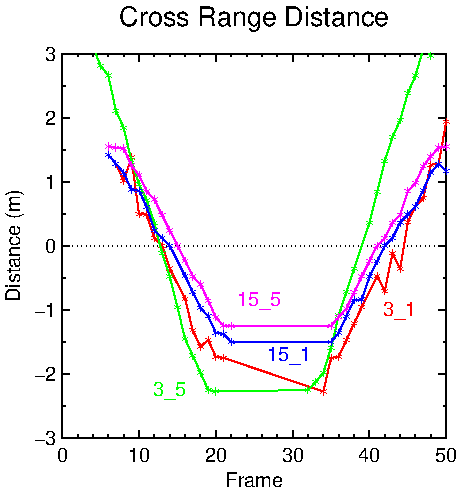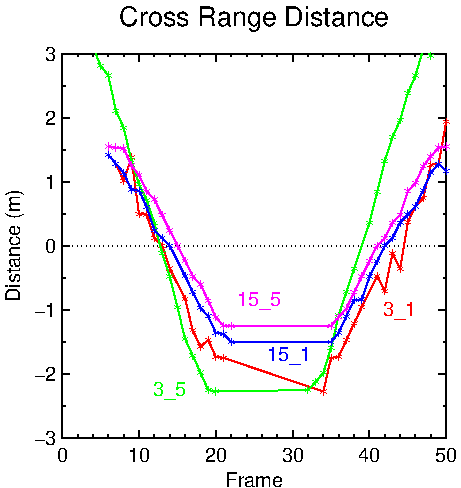Hi,
I have used estimator to determine profileCfg parameters for range and velocity constraints. I would like some guidance when I have only range and aoa constraints, no velocity. I would like to minimize the view angle so I set the number of transmitter antennas to 2 and the number of receiver antennas to 4. When I try and determine profileCfg parameters for a maximum range of 20 to 25 meters I obtain parameters that require large fft bin counts and chirp loop counts which really become computational intensive and requires a low frame rate. Also, since I am not interested in velocity determination, I am uncertain what values for maximum velocity and velocity resolution I should use since their values have a significant impact on the calculated profileCfg parameters.
When I set my maximum range to be ~10 meters, I can achieve excellent performance with the iwr1443 sensor. What guidance can you provide to me in using the estimator for greater range, no velocity constraints in an aoa application?
Thanks.
Al



